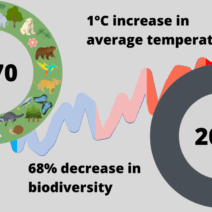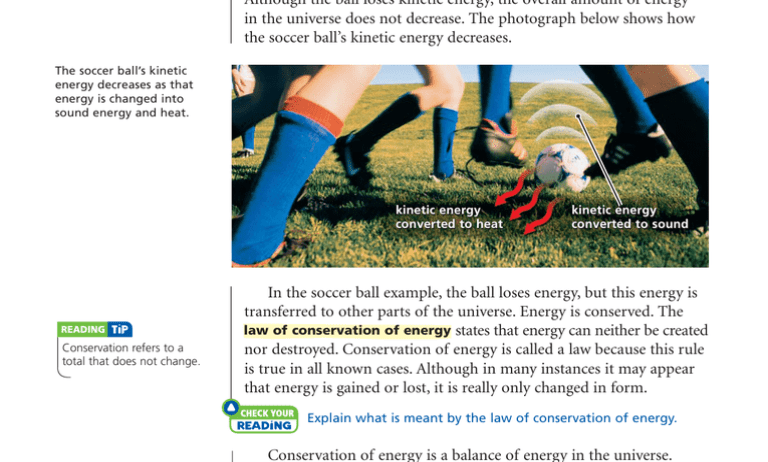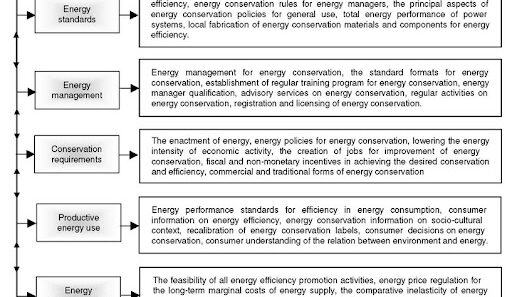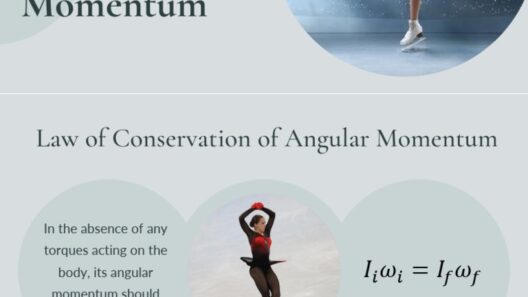When you strike a match, an explosion of light and warmth emerges in an instant, conjuring images of campfires, candlelit dinners, and the intimacy of flickering flames. However, beneath this captivating spectacle lies a fundamental question: is energy being conserved when you strike a match? This inquiry opens up a multifaceted exploration into the principles of energy transfer, transformation, and conservation.
To embark on this inquiry, we must first understand the concept of energy conservation, a cornerstone of thermodynamics. According to the law of conservation of energy, energy cannot be created or destroyed; rather, it can only be transformed from one form to another. So when a match ignites, the energy within the matchstick undergoes a transformation. But what happens during this transformation? Does it affirm the principle of conservation, or does it present an anomaly?
Upon striking a match, mechanical energy is initially applied through the friction between the matchstick’s head and the striking surface. This mechanical energy is converted into thermal energy as the heat generated ignites the chemicals present on the match head. This leads us into a not-so-simple realm of kinetic and thermodynamic energy exchanges. As the flame burns, chemical energy contained in the matchstick is released in the form of light and heat. Consequently, energy is conserved in one form (chemical) but also transformed into others (thermal and radiant).
But let us dig deeper. The fire produced by striking a match cannot simply be confined to notions of energy transformation. It interacts with its environment, dispersing heat into the air, thereby increasing the entropy of the surrounding system. This entropy, a measure of disorder, raises a crucial point: while energy remains constant in totality, the distribution of that energy can lead to a loss of usefulness. In other words, what good is energy if it becomes too dispersed to perform work? As energy spreads, its ability to do work diminishes—an apparent contradiction to the allure of a simple flame.
Moreover, the efficiency of this energy transformation reveals another layer of complexity. In a perfect system, all the energy extracted from a match would be used efficiently with minimal waste. However, a significant portion of energy is dissipated as heat, which is not harnessed for productive use. This inefficiency raises a playful yet poignant challenge: could the energy from a single match be harvested to power a device, or are we merely witnessing a transient flare of brilliance from a potentially wasted source?
We should also consider the environmental ramifications of energy conservation in the context of match strikes. Traditional wooden matches are made from natural materials, but the production and transportation of these products contribute to environmental degradation. From deforestation to the emissions related to manufacturing and transporting matches, the ecological footprint of this simple act is considerable. Is the energy conserved during the strike justified when viewed through the lens of environmental impact?
At this juncture, we can examine alternative energy sources and methods for ignition. How do modern conveniences, such as lighters or electric igniters, compare to the humble match? While these devices may offer greater efficiency or ease of use, they too necessitate energy input, often derived from fossil fuels or electricity. Thus, they follow the same principles of energy transformation and conservation, though perhaps with varying degrees of efficiency and ecological impact.
The playful question lingers: would it be possible to design a sustainable ignition tool that retains the nostalgic charm of a match while maximizing energy conservation? Could such an invention blend ecological mindfulness with practical utility? In fact, concepts like solar-powered ignition devices or bio-luminescent materials might one day mitigate our reliance on traditional matches, bridging the gap between conservation and innovative need.
In summary, the act of striking a match serves as a compelling introduction into the larger discourse on energy conservation. When you ignite that tiny stick, you are not merely playing with fire; you are engaging with complex principles of thermodynamics, ecological responsibility, and the perpetual dance of energy transformation. The essence of energy conservation is underscored through the transformation that occurs when a match is struck, highlighting the intricate balance between energy forms and their practical utility. Ultimately, while energy may be conserved in a fundamental sense, the efficiency and environmental impact of such transformations deserve scrutiny and innovation. The challenge lies in exploring sustainable ways to harness energy, reminding us that even the simplest acts can have far-reaching implications.








